Wine Enthusiast |
- Beer Today, Better Tomorrow: Restaurants See the Benefit to Aging Beer
- A New Gin Style Highlights Innovation Over Tradition
- Do Wine Tasting Competitions Matter? These Winners Say Yes.
| Beer Today, Better Tomorrow: Restaurants See the Benefit to Aging Beer Posted: 20 Aug 2021 05:00 AM PDT  At a growing number of restaurants, a request for the bottle list may summon a vintage beer menu in addition to, or even instead of, the expected directory of wines. According to Certified Cicerone Anne Becerra, the overwhelming majority of today's popular beers are pasteurized pale lagers or India pale ales (IPAs), generally meant to be consumed as fresh as possible. "Neither are great candidates for cellaring, so the idea of aging beer might not seem like a natural thing to do," she says. At Treadwell Park in New York City, where Becerra oversees the beverage program, however, guests are offered a reserve list of aged brews "to show off the benefits of patience." She's not the only one to embrace the idea. This is something beer collectors have done for years, seeking rare bottles to add to their stockpiles. Beverage directors and Cicerones like Becerra are finally showing how to enjoy such cellared brews in a restaurant setting. Like many wines, some beers benefit when stowed away for later. Age can introduce new aromatic elements or affect their flavor profile. Harshness may mellow, for example. That's the case with high-alcohol imperial stouts, which develop Sherry-like notes from gradual oxidation. Beer brewed with wild yeast like Brettanomyces, meanwhile, may be funky and bright in infancy, but can mature into a richer or spicier beverage. And though Trappist ales will lose some of their juicy, fruity aromas, they'll evolve into a beer with attractive earthy notes. "Vintage beer is part of the whole set of tools we use to elevate beer," says Greg Engert, beer director of Washington, D.C.'s Neighborhood Restaurant Group. He's been known to offer a 5–7 course beer and food pairing menu, just as sommeliers have done with wine for centuries. Tom Peters, who owns Monk's Café in Philadelphia, is another who thinks some selections are worth the wait. He's amassed a substantial list of vintage brews, many of them Belgian, since he opened the beer bar in 1997. "I want to show the range of what beer can be," he says. "You wouldn't just have only young Rioja on your wine list." Why should it be that way for beer? |
| A New Gin Style Highlights Innovation Over Tradition Posted: 20 Aug 2021 04:30 AM PDT  While London Dry gins get most of the attention, so-called New Western gins have grown quickly in recent years. What exactly is a New Western gin? It's not an official designation. Portland bar consultant and Aviation gin cofounder Ryan Magarian generally is credited with coining the term to describe any gin that plays up botanicals beyond juniper. While juniper still is required in gin, its trademark pine flavor often takes a backseat to citrus, star anise and other flavorings in New Western-style bottlings. Sometimes it's barely discernible at all. Interestingly, New Western is something of a misnomer these days. Originally, the phrase was intended to contrast gins made in North America against English counterparts. But today, nontraditional gins hail from all over the world—including points that are not necessarily located west of England and its gin culture. Consider, for example, exciting new entrants from South Africa, Australia, New Zealand, India and Japan. The often-local botanicals spotlighted in these bottlings can add nuance to drinks. Imagine Australia's Four Pillars Olive Leaf Gin in a Gibson or the delicate lemongrass and spice of Jaisalmer Indian Craft Gin in a Negroni. Also of note: As gin has grown increasingly expressive and complex, there has been an uptick in gin producers releasing multiple bottlings, often focused around specific flavors. For example, Citadelle's new Jardin d'Été leans on fresh seasonal melon. Elsewhere, Mexico's Bruja de Agua has a quartet of expressions (Floral, Herbal, Spiced and Citrus); the latter, Citrica, is the first to be released in the U.S. and features a distinct lime peel note. Add to the mix the gins that focus on terroir, ranging from sun-baked Arizona spices to seaweed-spiked "oceanic gin," and it's clear that bottle by bottle, New Western gin is expanding the definition of what the category can be. Salcombe Gin Rosé Sainte Marie; $40, 95 points. The bottle is tinted blush pink, but the liquid inside is crystal clear. Grapefruit peel and juniper lead the nose. The brisk, citrusy palate offers lemon and grapefruit peel, plus fleeting berry sweetness midpalate, finishing with a floral exhale. Of note, this gin is inspired by rosé, but is not distilled from wine nor does it contain rosé wine. Martini-worthy. Listoke 1777 Irish Gin; $39, 94 points. Comforting gingerbread-like aromas channel allspice, anise and a hint of molasses. The palate is a bit brighter, opening with lemon verbena and pine forest leading to hints of anise, sandalwood and shortbread cookie on the warming exhale. Rétha Oceanic Gin; $45, 94 points. Crisp and slightly vegetal, this nuanced gin opens with bright fennel and citrus then rounds into mouthwatering white pepper, anise and coriander. It’s made with seaweed harvested on the beaches of Île de Ré, off the coast of France’s Cognac region. Yu Gin; $32, 94 points. This citrusy gin, made with yuzu and Sichuan pepper, hails from France's Cognac region. The mild aroma whispers lemon peel—the palate shouts it, layering on tart juiciness and a hint of mandarin orange sweetness. Ginger and white pepper heat lead into the astringent finish. Jaisalmer Indian Craft Gin; $39, 93 points. Nuanced coriander and pink peppercorn aromas are enticing. On the palate, delicate lemongrass, green tea and a hint of cumin wrap around an anise backbone. The earthy, woodsy finish tingles with black pepper and ginger. Made with 11 botanicals, seven of them local to India. Four Pillars Olive Leaf Gin; $35, 92 points. A cool, lightly mentholated whiff leads into a savory palate featuring rosemary, fleeting green olive, a hint of saline and a zippy juniper finish. Made as an antidote to citrusy gins, the producer says, this gin is made in the Yarra Valley from Australian olive leaf and olive oil. Producer recommends for Gibsons. North Shore Gin No. 6; $30, 92 points. This craft gin was reformulated in 2020. It's still spicy, citrusy and bright, though the proof has been nudged slightly higher. Each sip opens with brisk lemon and candied grapefruit peel plus a faint raspberry note, and lands on cubeb pepper and grains of paradise. Best Buy. Spirit of Hven Gin; $43, 92 points. The mild lemon peel aroma hints at what's to come. An astringent palate wraps brisk pine and a peppery punch around a core of lemon and grapefruit peel. Mix into Gin & Tonics. By the Dutch Dry Gin; $49, 91 points. Sweet aromas suggest grapefruit peel and raspberry. The palate is fruity and floral, mingling berry and rose petal. Black pepper, cardamom and hot cinnamon merge into a gentle floral exhale. Copper Republic African Dry Gin; $36, 91 points. Pink and white peppercorn lead the nose, plus a faint carnation hint. Those floral and spice notes are magnified on the palate: lavender and soapy violet evolve into a drying, brisk finish tinged with peppery prickle and grapefruit peel. |
| Do Wine Tasting Competitions Matter? These Winners Say Yes. Posted: 20 Aug 2021 04:00 AM PDT  When Tinashe Nyamudoka and fellow Zimbabwean sommeliers Joseph Dhafana, Marlvin Gwese and Pardon Taguzu arrived at Burgundy's Château de Gilly for the 2017 World Wine Tasting Championships (WWTC), they sensed surprise in the air. "Everyone there had this look of, 'Zimbabwe doesn't make wine. How did you guys end up here?' " says Nyamudoka. They were the first Zimbabwean and first all-Black team to compete in the event that Nyamudoka calls "the Olympics of blind tasting," organized by La Revue du Vin de France, a century-old French wine publication. Their experience is chronicled in the documentary, Blind Ambition, which won the Audience Prize at the 2021 Tribeca Film Festival in New York City. The documentary was made knowing how Euro-centric and overwhelmingly white that the wine establishment can be, says its director, Warwick Ross, also a winemaker. While their stories differ, Nyamudoka, Dhafana, Gwese and Taguzu all fled their economically troubled homeland for South Africa, where they became wine connoisseurs at four of the country's top restaurants. Their paths to WWTC shed light on the inequities of certain industry events, and demonstrate how the wine business can become more inclusive. Why WWTC MattersNyamudoka remembers at the 2017 championship, the initial surprise at seeing Team Zim, as they've become known, soon turned to warm acceptance. "Everyone cheered when they broke into a cappella song," says Jancis Robinson, MW about the team's memorable arrival. For Nyamudoka, that reception was important. "It's one part I love about wine," he says. "If you're really in a space of people who enjoy and embrace wine and its culture, there is this one big family, and you're embraced, too." Launched in 2013, the WWTC began as an exclusively European event. It became a global competition in 2015, and now teams from the U.S., China and elsewhere compete with tasters from France or Belgium. At the annual event, teams of four must recognize 12 wines selected from nine countries, served blind in a span of two hours. They must identify the wine's variety, country of origin, vintage, region and producer. "It's no joke, and so stressful," says Dhafana, who first competed as part of Team South Africa in 2015. "It's a bit like you're in hell. You get the wines, but then everyone is all over the place. For you to come to agree on the one it could be takes a lot of time." For some wine professionals, however, the challenge is worth it. The event offers an "amazing opportunity to meet wine enthusiasts from around the world," says Gwendolyn Alley, a wine writer and 2019 Team USA competitor. It allows budding and established wine pros to make connections that can led to new ventures. The Cost of Going GlobalSommelier and winemaker Jean Vincent "JV" Ridon started the South African Wine Tasting Championship in 2013, and coaches Team South Africa for the WWTC. "It really is a world championship," says Ridon. "New Zealand, China, Japan take part. It's not just Lichtenstein, Monaco and Luxembourg. Yes, for European teams, it's easier to get there because they are a drive away from France, but many of the people travel around parts of the world. They work in the wine industry, or they just have a passion for it."  There are geographical advantages and disadvantages, however. "For South Africans and Zimbabweans, it's much more complicated," says Ridon. "There is a huge cost involved in getting there." In advance of the 2017 competition, Robinson helped set up a crowdfunding initiative to contribute to the Zimbabweans' travel expenses. The European locale and support from French partners means most of the wines are sourced locally. These bottles are not always easily available to African competitors. "There’s clearly a home-field advantage in the sense that the wines are procured in Europe," says John Vilja, CEO of Wine Acuity, an organization that hosts a qualifying competition for Americans who hope to advance to the WWTC. At WWTC 2017, nine of the 12 wines poured for blind tasters to identify were European. Representing the FutureWhy do so many make the effort to participate? For Nyamudoka, the competition brought personal and professional acceptance in the global wine community. "It's one thing reading about it, but experiencing it is another thing entirely," he says. "As a wine student, it means so much. In this part of the world, we're not exposed enough [to the international wine industry], and if you're not exposed enough, you never improve. "Going on a global stage gives you that platform to interact with others, to learn from others and figure out, 'How can I use this knowledge back home?' "
Following the competition, Nyamudoka developed his own wine label, Kumusha, which means 'your home' in Shona. Peer recognition can be valuable, says Ridon. "It's a way to stop doubting that [Team Zim is] here by mistake," he says of other participants' surprise at Team Zim's 2017 arrival. "They are here to stay in the wine industry." Ridon says winning is not always the ultimate goal. "The goal is, first, not to finish last," he says with a chuckle. "But, also, to show the world that Zimbabwe is a nest for great sommeliers." Dhafana calls WWTC "the apex, it's the roof." He says that Team Zim's inclusion opens the door for other African wine experts or budding enthusiasts. He and Nyamudoka want to see more African countries compete at the championships. Nyamudoka plans to get wine professionals from Kenya and Botswana involved in blind-tasting competitions, too. According to Dhafana, many Africans "believe wine is for those who have got money, or were born in a wine-drinking family. I was not." 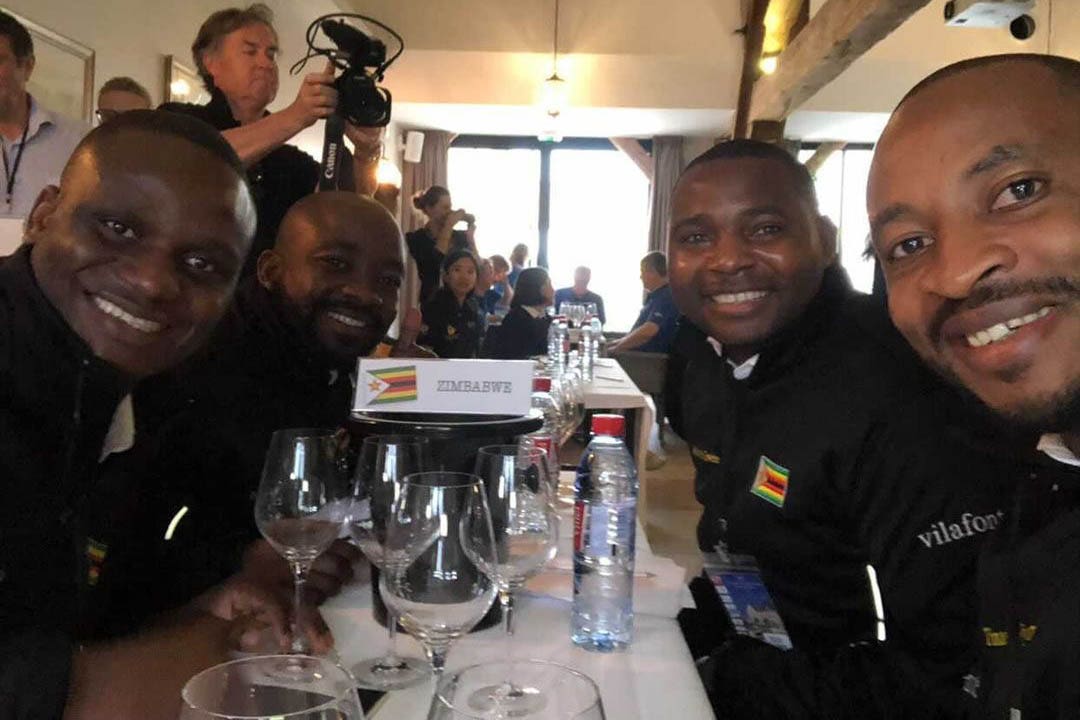 Philippe DeCantenac, organizer of the World Wine Tasting Championships, would like as many countries as possible to be represented. "For that, we try to make this event more well-known in the world, through videos, Facebook, TV coverage," he says. "We also help new countries organize their own selection." Robinson welcomes new competitors and community members to wine, while Alley would also like to see more women take part. "The industry as a whole is definitely changing since we filmed, largely as a result of the Black Lives Matter movement," Alley says. Hopefully, the old guard can keep pace. |
| You are subscribed to email updates from Wine Enthusiast. To stop receiving these emails, you may unsubscribe now. | Email delivery powered by Google |
| Google, 1600 Amphitheatre Parkway, Mountain View, CA 94043, United States | |

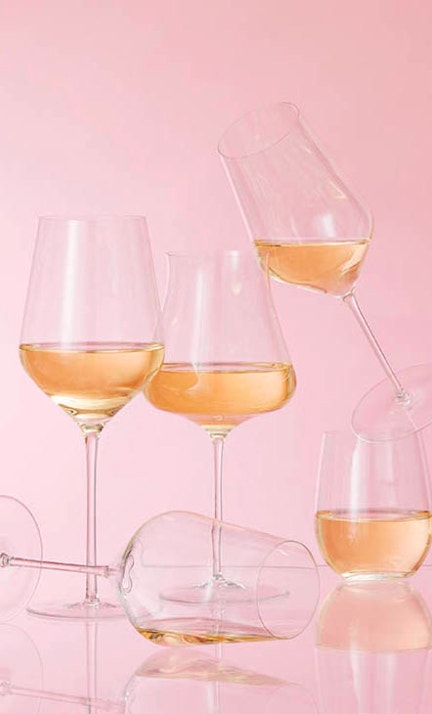
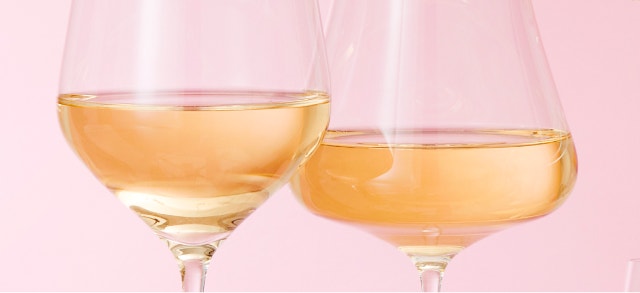
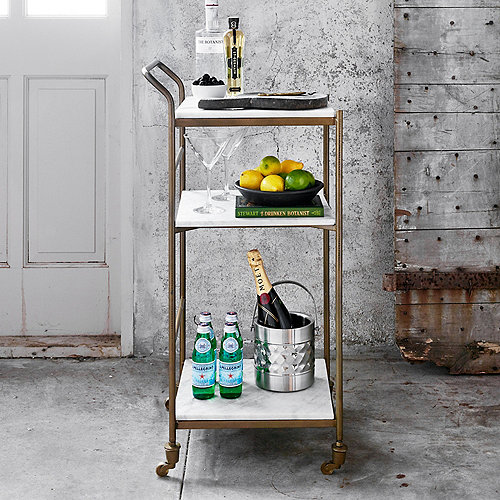
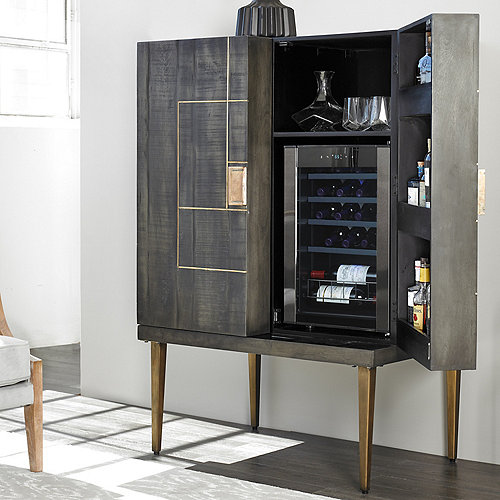














0 comments:
Post a Comment